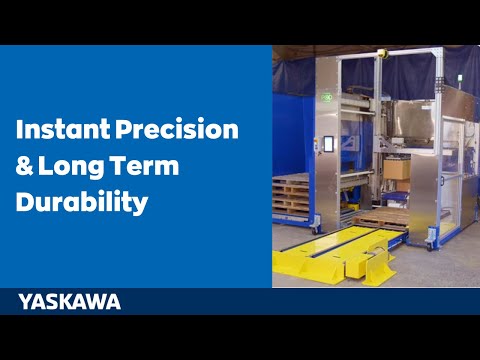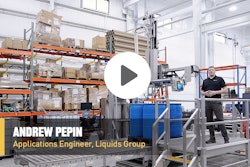
There has been no shortage of positive economic news over the last year and half. But with the lowest unemployment rate recorded since December 2000—it stood at 3.9% in February 2019—this economic boon has exacerbated contract packagers’ ability to find and retain employees, especially skilled ones.
For most production environments, automation is an ideal solution. But in the contract packaging industry, where extreme flexibility is the hallmark of the business, automation traditionally has not been feasible, practical, or cost efficient. But that’s changing. Introduced just over a decade ago, the collaborative robot, or cobot, is tailor-made for contract packaging production. Now offered from virtually every major robotics supplier, cobots operate in a shared workspace alongside operators, can be easily moved from one area of the plant floor to another, and can handle a range of repetitive tasks with ease. Although a highly complex technology, cobots are engineered for ease of programming and operation—so easy, in fact, this editor learned how to program the basic functions of one cobot in less than five minutes at PACK EXPO.
In mid-2018, McKinsey & Co. revealed that since 1990, the price of robots has fallen dramatically, while the cost of human labor has skyrocketed. With an average price tag of $24,000, collaborative robots are definitely within reach of many co-packing operations.
The Contract Packaging Association is on top of this trend and offers a webinar, “Rise of the Planet of the Cobots,” presented by Yaskawa America, Inc. and Motoman, which I highly recommend. Another interesting site worth visting is Cobots.com, where you can find a wealth of information on suppliers’ equipment offerings, along with comparison charts of the cobots’ capabilities.



























